Mino
Member
Has anyone ever had, or currently own, a steel yacht? If so, opinions, especially re. maintenance?

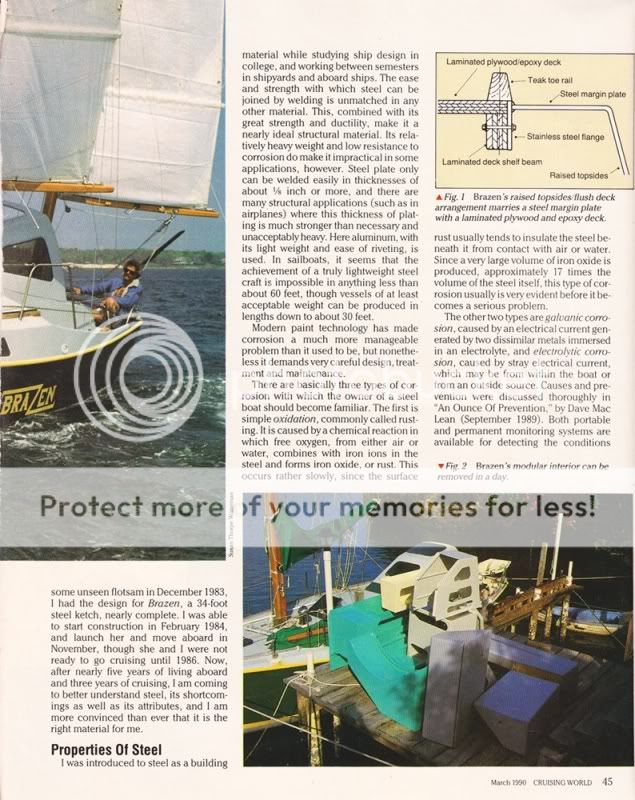
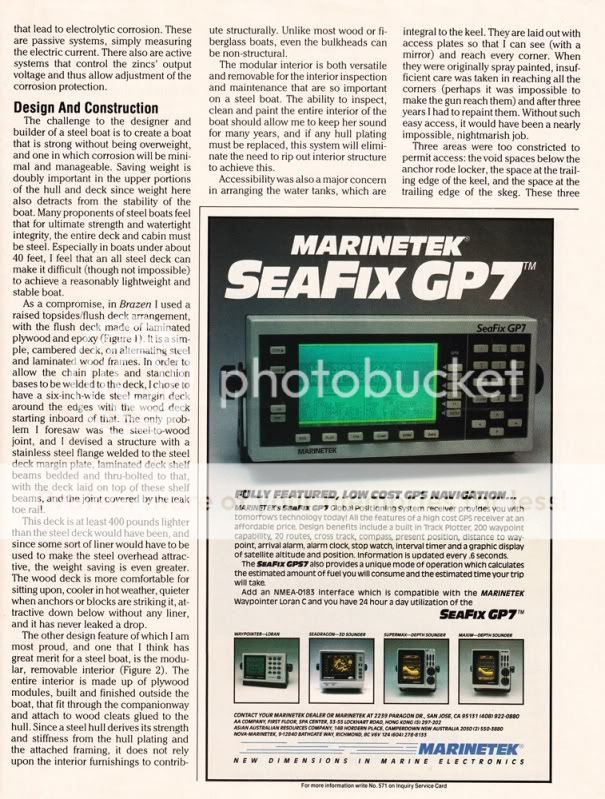
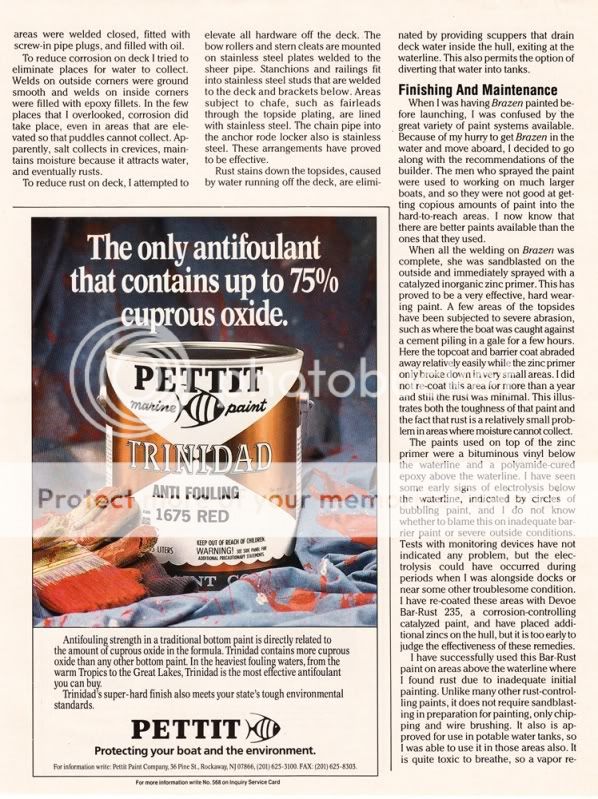
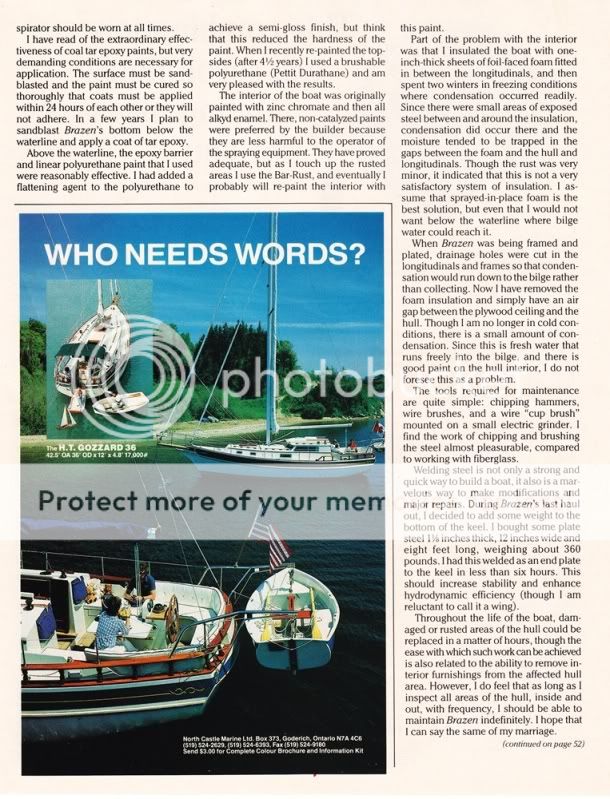

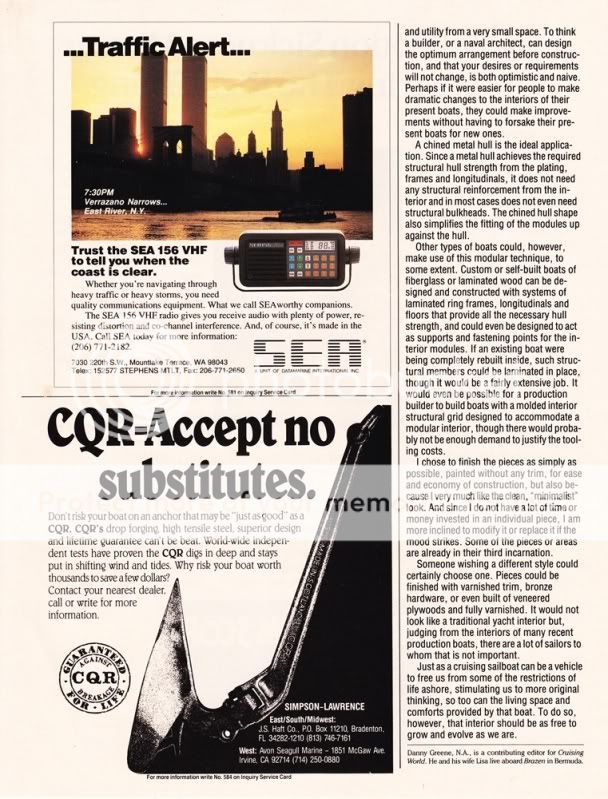
Have watched this thread (and your similar one on MOBOs) with interest. The arguments for and against any particular hull material are well known and rehearsed.
The vast majority of buyers probably never give a second thought to the hull material and just assume that GRP is the correct material. In a way they are right as it satisfies most needs. People who choose alternate materials are making a positive choice, usually as you have seen from the responses to particular types of usage. So if you are going rock hopping or coral reefing, steel has distinct advantages. Similarly it is easier to build one offs and custom designs. On the other hand the range of shapes is limited by using a flat panel material. There are few economies of scale so the material does not lend itself to mass production.
The downside is that steel boats generally have a poor reputation in the used market, for all sorts of reasons, including the real fear that poor maintenance can have a significant impact on the integrity of the structure. Of course, repairs are relatively easy, provide there is access - often problematic because of the tendency to fill the hull with lots of furniture.
Somewhat similar comments apply to aluminium, although because of the skills required to weld the material it does not lend itself to home building in the same way as steel. The weight advantage of the material does give it an advantage for certain designs and applications, but epoxy/wood might be better if light weight of the hull/deck is key to the design.
Don't think steel will ever be a serious competitor to GRP for most people. Its advantages offer very little for the average user. There will always, though be small niches where it is the best material for the job.
Here is the article by Danny Greene from Cruising World :
!
If you are thinking of buying then download this book for under 8 quid.
http://www.lulu.com/product/file-download/metal-boat-maintenance-a-do-it-yourself-guide/4735597
Mostly maintenance but it does have a section on what to look out for if buying second hand. Also it's the best book or possibly only book on real life steel boat maintenance I've come across.
Steel is obviously higher maintenance than GRP but if you go long distane cruising it's only a matter of time before you hit something or something hits you and you'll be glad you have a steel boat. We've been hit twice once by a heavy pirogue at speed and once when we weren't around to see what hit us.